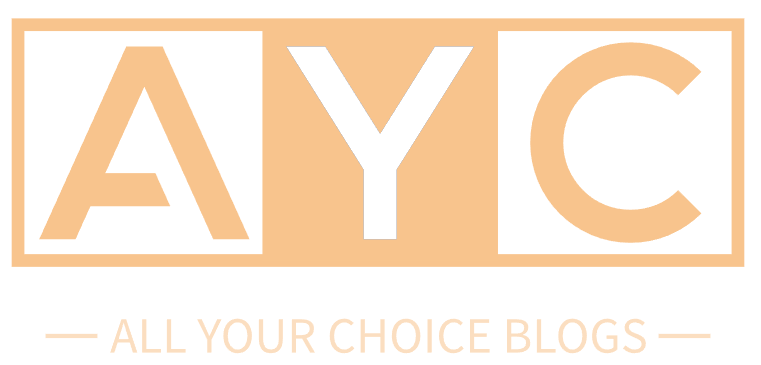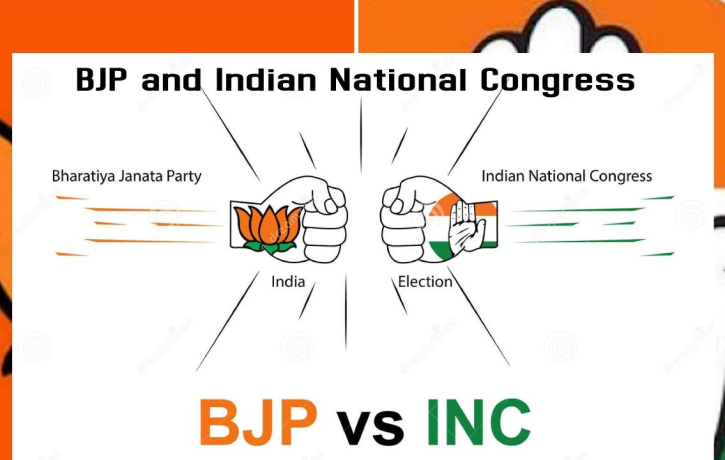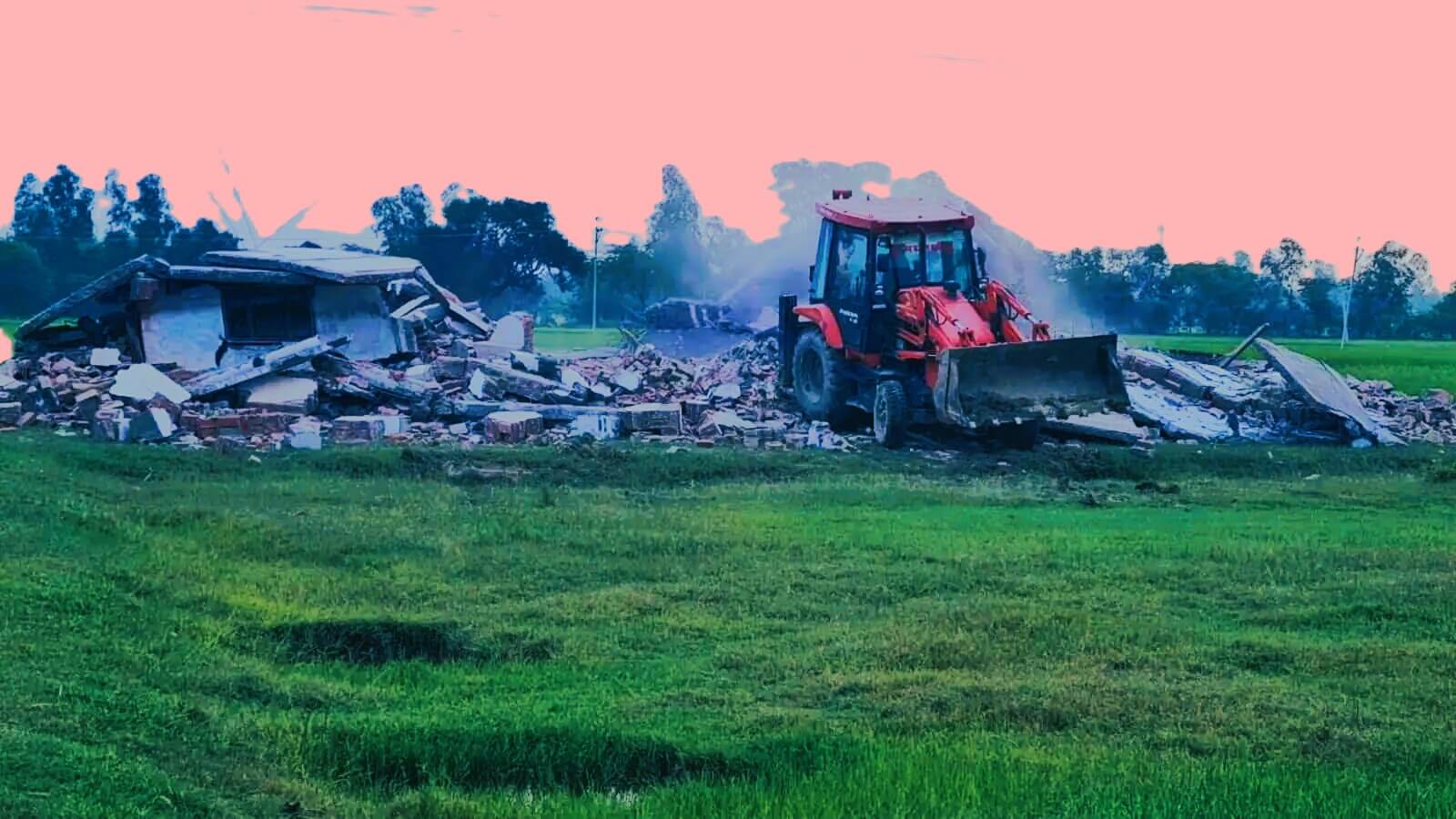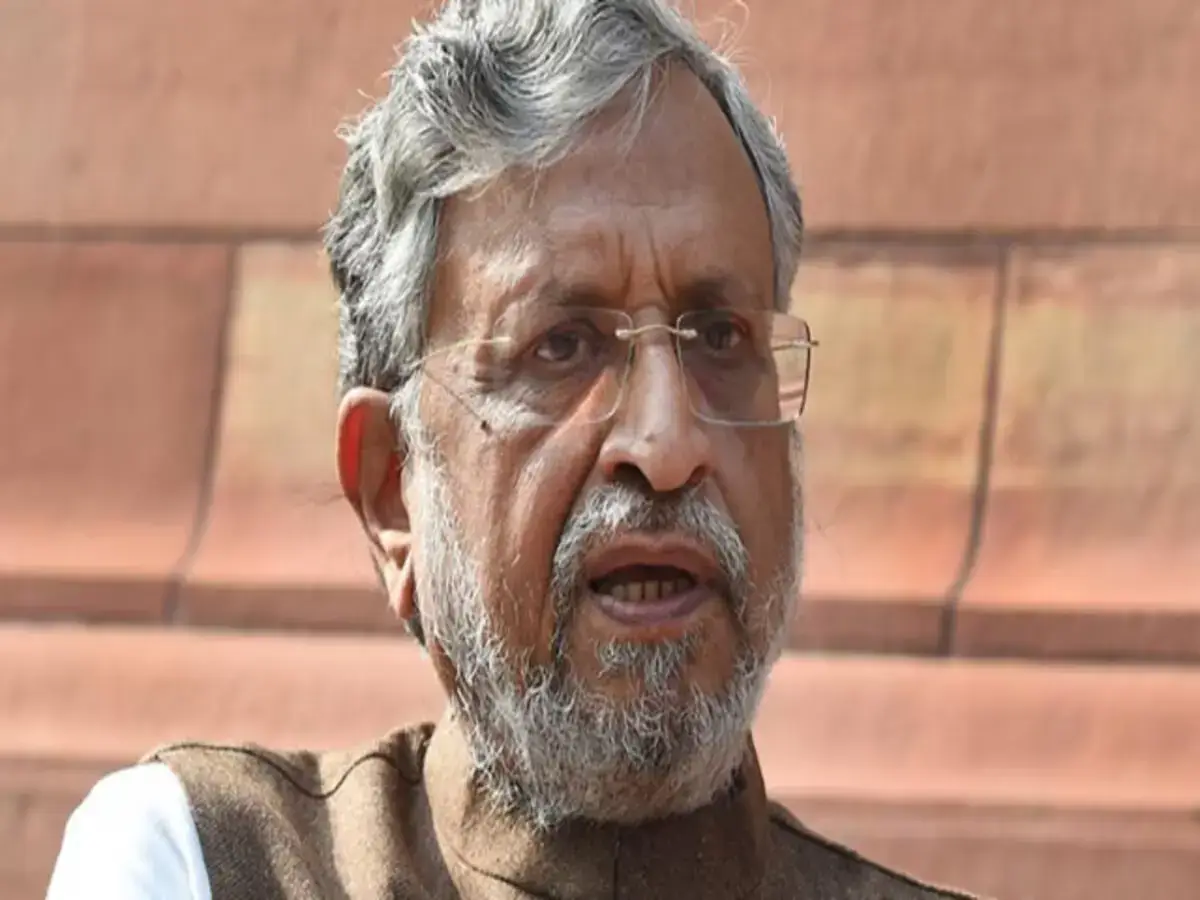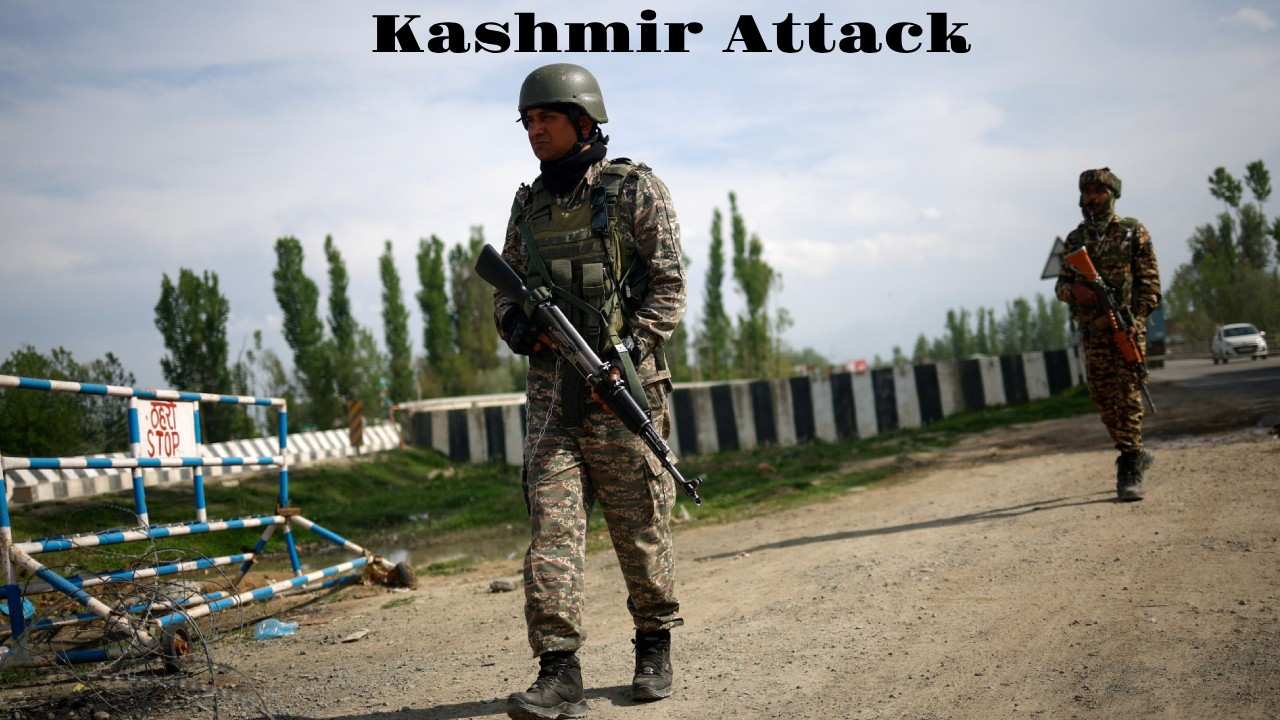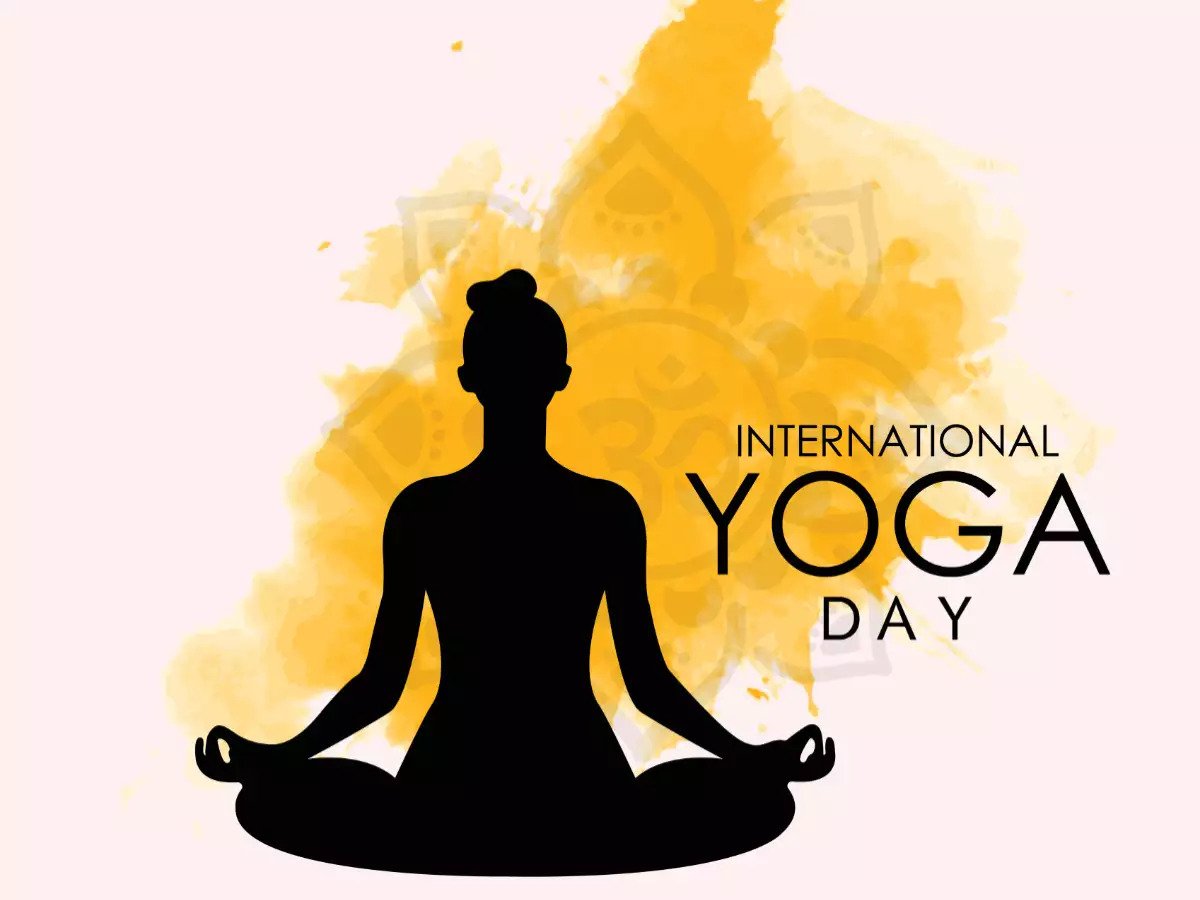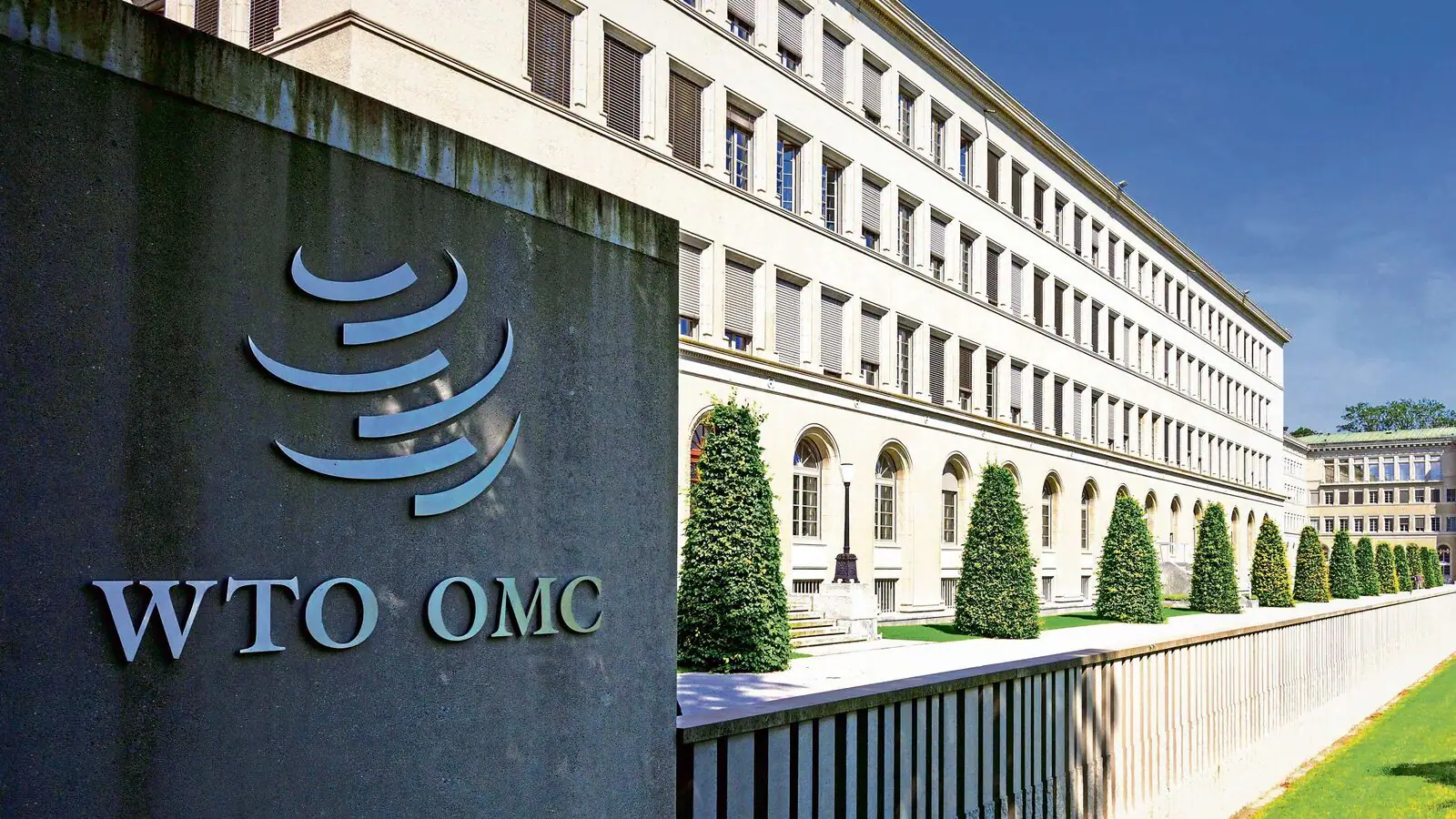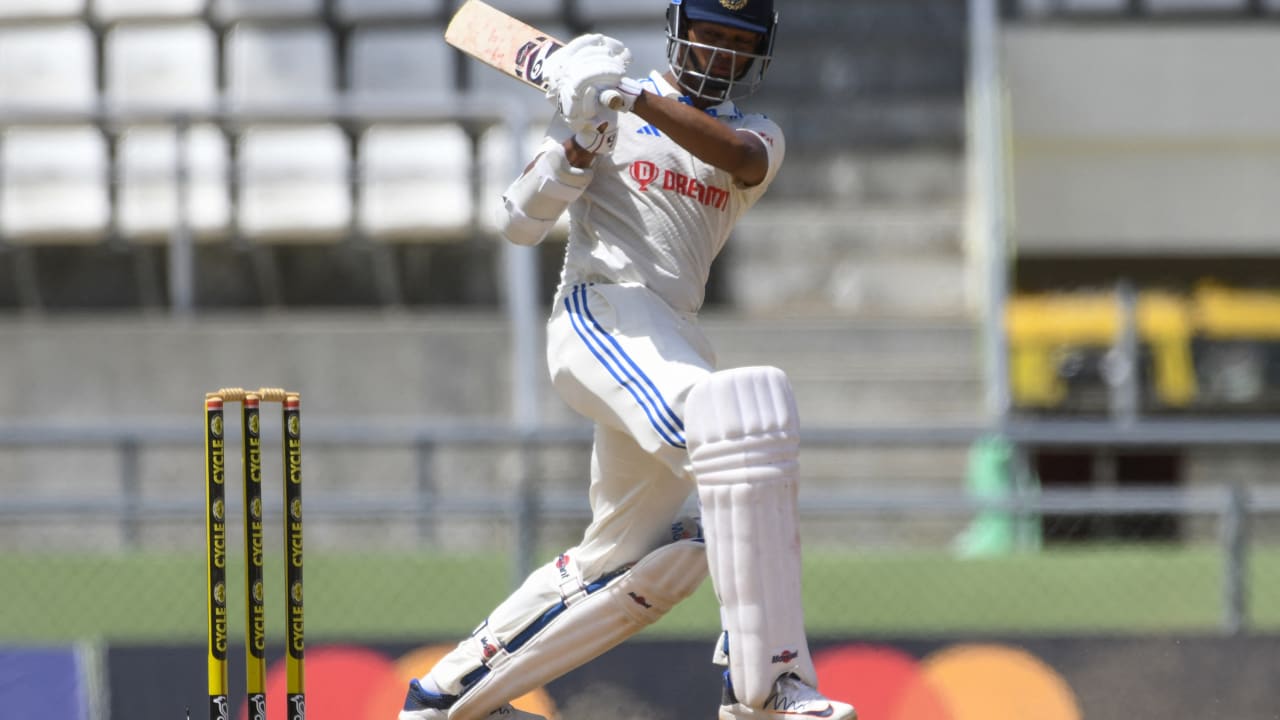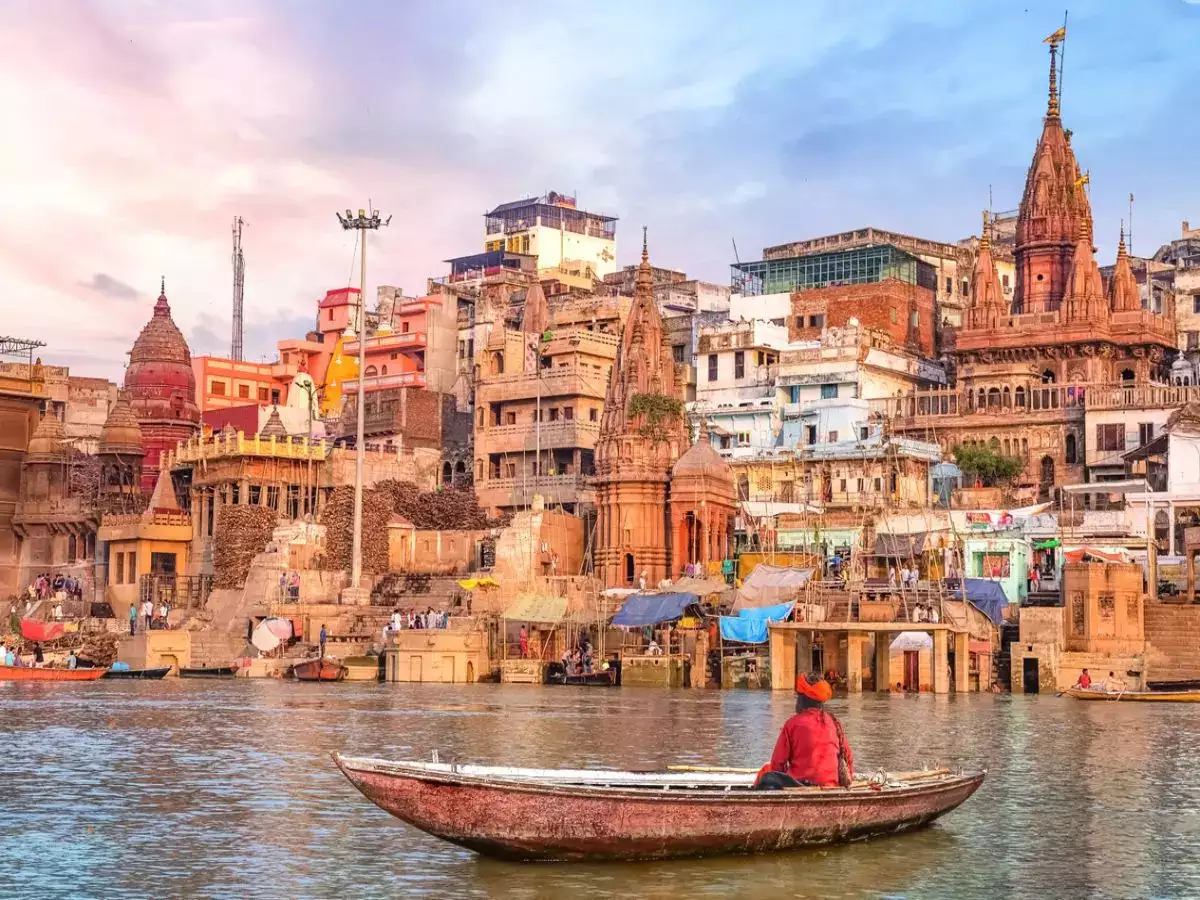BJP vs Indian National Congress: A Comprehensive Overview
BJP and Indian National Congress. India‘s political landscape has long been shaped by two dominant forces — the Bharatiya Janata Party (BJP) and the Indian National Congress (INC). These parties represent two distinct ideologies, legacies, and visions for India. While the Congress played a central role in India’s freedom struggle and post-independence development, the BJP has emerged as a powerful nationalist party dominating Indian politics in recent years.
1. Historical Background
Indian National Congress (INC)
-
Founded: 28 December 1885 by A.O. Hume, Dadabhai Naoroji, and others.
-
Key Role: Central to the Indian independence movement against British colonial rule.
-
Post-Independence: Dominated Indian politics for the first few decades after 1947 under leaders like Jawaharlal Nehru, Indira Gandhi, and Rajiv Gandhi.
-
Legacy: Played a major role in shaping India’s Constitution, economy, secular fabric, and foreign policy.
Bharatiya Janata Party (BJP)
-
Founded: 6 April 1980.
-
Roots: Evolved from the Bharatiya Jana Sangh (1951), founded by Syama Prasad Mukherjee. Later merged into the Janata Party, it was then reformed as the BJP.
-
Ideology Base: Strongly influenced by the Rashtriya Swayamsevak Sangh (RSS).
-
Rise to Power: Gained major political ground in the 1990s; formed the government under Atal Bihari Vajpayee in 1998—achieved landmark victory in 2014 and again in 2019 under Narendra Modi.
2. Core Ideologies
| Aspect | BJP | Congress |
|---|---|---|
| Political Stance | Right-wing | Centre-left |
| Core Ideology | Hindutva (cultural nationalism), pro-market reforms, nationalism | Secularism, social democracy, inclusive welfare |
| Religious View | Promotes cultural Hindu identity, though constitutionally secular | Strongly secular, supports minority rights |
| Economic Policy | Liberal economic reforms, privatization, Make in India | Mixed economy, focus on welfare and rural development |
3. Key Leaders (Past & Present)
BJP
-
Narendra Modi – Prime Minister of India (2014–present)
-
Atal Bihari Vajpayee – Former PM, statesman and poet
-
Amit Shah – Home Minister, key strategist
-
Yogi Adityanath – CM of Uttar Pradesh
-
Rajnath Singh, Nitin Gadkari, JP Nadda – Influential leaders
Congress
-
Jawaharlal Nehru – First PM of India
-
Indira Gandhi – First female PM
-
Rajiv Gandhi – Youngest PM of India
-
Sonia Gandhi – Long-time party president
-
Rahul Gandhi, Priyanka Gandhi Vadra – Current key figures
-
Mallikarjun Kharge – Current INC President (since 2022)
4. Major Achievements
BJP
-
Abrogation of Article 370 (Jammu & Kashmir’s special status)
-
Ram Mandir construction in Ayodhya
-
Digital India, Make in India, Startup India initiatives
-
Implementation of GST, PM Awas Yojana, Ujjwala Yojana
-
Foreign policy assertiveness – Stronger ties with the USA, Israel, Gulf nations
-
Infrastructural development – Highways, railways, electrification
Congress
-
India’s freedom struggle leadership
-
Founding democratic institutions post-1947
-
Green Revolution, White Revolution
-
Bank nationalization, Panchayati Raj system
-
Economic liberalization in 1991 under Manmohan Singh
-
RTI Act, MGNREGA, Food Security Act
-
Pioneered space and nuclear programs
5. Criticism and Controversies
BJP
-
Allegations of promoting religious polarization and majoritarianism
-
Criticized for handling the COVID-19 second wave
-
Concerns over freedom of speech, media control, and institutional autonomy
-
Farm laws protests (later withdrawn)
Congress
-
Long history of corruption scandals – Bofors, 2G, CWG
-
Accused of dynastic politics
-
Declining electoral performance since 2014
-
Leadership vacuum and internal dissent
6. Electoral Performance
| Year | BJP | Congress |
|---|---|---|
| 2014 Lok Sabha | 282 seats (majority) | 44 seats |
| 2019 Lok Sabha | 303 seats | 52 seats |
| 2024 Lok Sabha | 240 seats (NDA ~293) | 99 seats (INDIA bloc ~234) |
-
BJP remains the largest party but lost majority on its own in 2024.
-
Congress has shown signs of revival, but still lags in mass appeal.
7. Present and Future Outlook
-
BJP and Indian National Congress continue to maintain a strong grassroots presence, with a powerful election machinery and ideology-driven support.
-
Congress is focusing on organizational revival, strengthening opposition alliances (INDIA bloc), and reconnecting with the grassroots through campaigns like Bharat Jodo Yatra.
Conclusion
Both the BJP and Indian National Congress play critical roles in India’s democracy. While the BJP symbolizes a resurgent nationalism with economic modernization, the Congress represents a legacy of pluralism and social justice. India’s future will likely continue to swing between these two visions, with the electorate ultimately deciding which direction the country takes.
